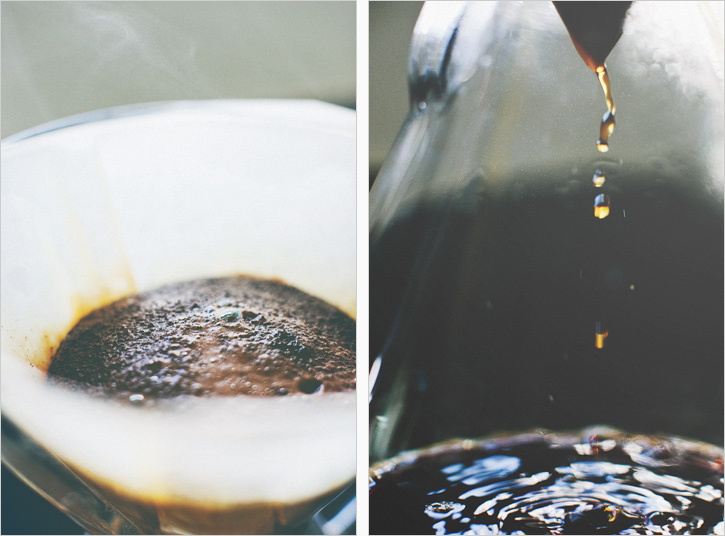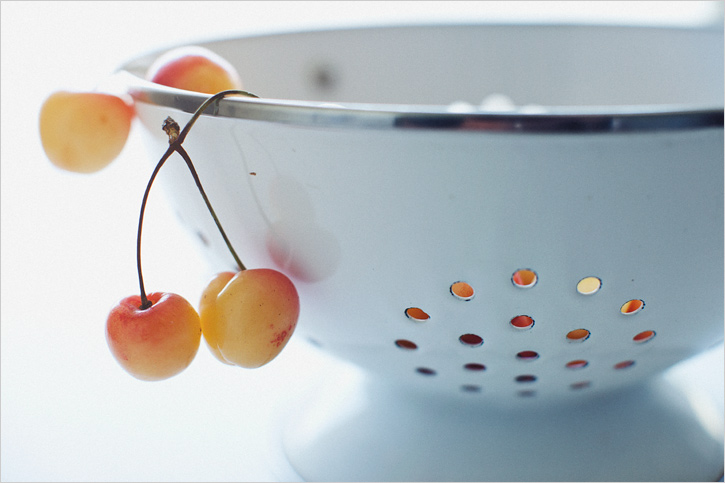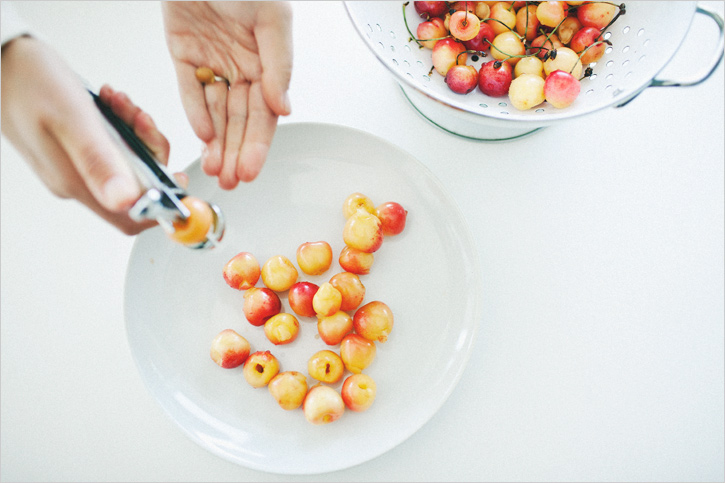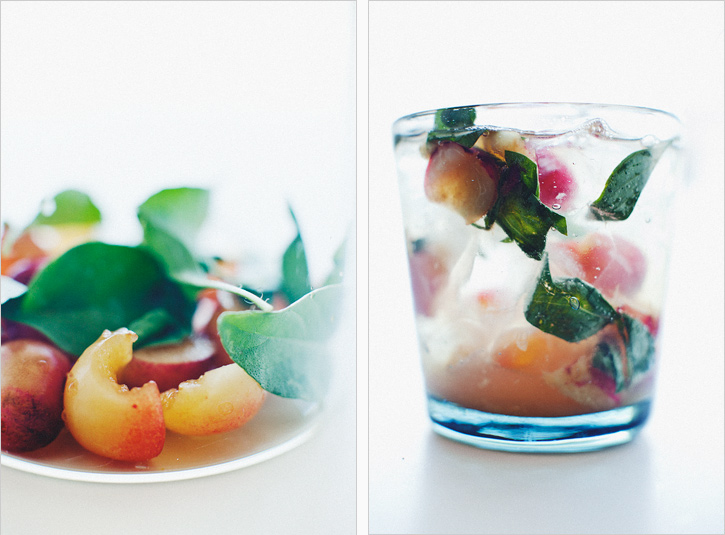
Be it through email, while teaching classes, or during Q+A for some book events, people seem to be curious how I cook and eat with Hugh as our food preferences are a bit different. I can't say I even noticed until strangers started asking. Making two versions of certain foods has become second nature, I know him pretty well, so it doesn't take much extra thought at this point. I made a lentil bolognese yesterday and put mine on a big bed of greens and his on toasted bread with melted cheese... and a mini bed of greens, of course. No need to reinvent the wheel, just tweak it a bit. He likes a sweet breakfast, I prefer savory. He will always choose the burger on a menu, I will always choose a salad. He drinks black coffee, I like a drop of cream. Because others were asking, I started noticing our food preferences and it has transformed into our joke as well as a self-imposed Instagram hashtag - #skhisandhers.
Beer or whiskey are Hugh's drinks of choice. I can't say they're mine, I'm a wine or gin lady myself, so we crafted two drinks that are easy to make individually, or something fun to make with friends as you're ringing in the New Year this weekend. Because gin is an herbal spirit, I wanted something that I could work just a bit of rosemary into. I poked around my favorite sites and remembered Heidi posting a gin cocktail a while back. Found it! It was exactly what I was looking for and her photos are always quick to convince. The cocktail is perfectly sweetened, easy on the eyes, and just the thing in the throws of citrus season when the oranges are sweet and juicy.

GIN SPARKLER // Makes 1
Recipe from 101Cookbooks
I prefer the slightest wisper of rosemary taste, so I made a small amount of the rosemary syrup, enough for 4ish drinks. If you think you'd like more of that flavor or want the syrup on hand, triple the recipe. Heidi says it keeps for about a week in the fridge.
- // rosemary syrup //
- 1/4 cup natural cane sugar
- 1/2 cup water
- 1 heaping Tbsp. rosemary leaves
- 3 Tbsp. gin
- 3 Tbsp. fresh squeezed and strained blood orange juice
- 1-2 tsp. rosemary syrup
- sparkling water, lemon sparkling water or tonic
To make the syrup, put the sugar, water and rosemary leaves in a small pot. Simmer the mixture for about 3-5 minutes, stirring occasionally. Remove from the heat and let it infuse about ten more minutes. Strain the mixture and set aside.
Fill a tall glass three quarters of the way with ice cubes. Garnish the insides with thin slices or blood orange or rosemary sprigs if you'd like, just be sure they sit under ice cubes so you're not getting furry rosemary in your mouth. Add the gin, fresh juice, rosemary syrup and top it off with the sparkling water. Add a dash of this or that to your taste and cheers!

Hi folks. This is Hugh.
Often times I am a creature of habit, and that is certainly the case when it comes to ordering cocktails. The Old Fashioned (bourbon) is my go to. That being said, I've had some really good versions (simple, pure) and some really bad versions (too much bitters, half an orange, mystery mixer filling up the glass), and there are few drinks less enjoyable than a poorly made Old Fashioned... maybe that mason jar of green "juice" Sara brings home every once in a while from the yoga studio in the harbor... I dunno. Anyway.
The version below is based off of an Old Fashioned I had at the Tasting Kitchen, a spot that knows their cocktails. This is a very simple drink, and as with most things you'll find on Sprouted Kitchen this simplicity can shine through using good ingredients. Find some bourbon or rye whiskey that you enjoy, Angostura Bitters, some fresh citrus and you're off to a good start.
OLD FASHIONED // Makes 1
- 1/8 - 1/4 tsp. sugar
- Angostura Bitters
- orange
- lemon
- ice (I leave a couple ramekin-sized tupperwares filled with water in the freezer for Old Fashioned purposes)
- 1 1/3 ounces of bourbon or rye whiskey
Add just a pinch of sugar, between an 1/8 and a 1/4 teaspoon. Hit the sugar with two splashes of bitters (the image below looks like more than that, as the bitters had time to bleed around the cup while I reached for the camera, so if you're following along and measuring visually, it shouldn't look like that much). Add orange and lemon peels, about 2 inches each, and muddle with the sugar and bitters. Add the ice and whiskey, and stir thoroughly.









